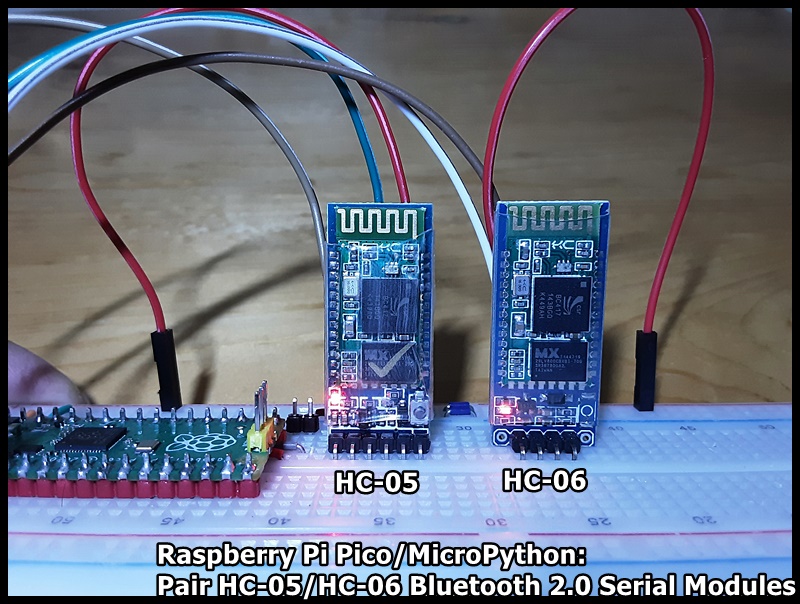

The only operations available for themĪre ticks_diff() and ticks_add() functions described below. For the most part, you should treat values Thus, these functions will return a value in range Period value is used for all of ticks_ms(), ticks_us(), ticks_cpu() functions To be a power of two, but otherwise may differ from port to port.

The values is TICKS_PERIOD = TICKS_MAX + 1. This value is not explicitly exposed,īut we will refer to it as TICKS_MAX to simplify discussion. Returns an increasing millisecond counter with an arbitrary reference point, sleep_us ( us ) ¶ĭelay for given number of microseconds, should be positive or 0 utime. sleep_ms ( ms ) ¶ĭelay for given number of milliseconds, should be positive or 0. Not accept floating-point argument, for compatibility with them use sleep_ms()Īnd sleep_us() functions. Sleep for a fractional number of seconds. Seconds can be a floating-point number to
 year includes the century (for example 2014). If secs is not provided or None, then the current time from the RTC is used. localtime ( ) ¶Ĭonvert a time expressed in seconds since the Epoch (see above) into an 8-tuple whichĬontains: (year, month, mday, hour, minute, second, weekday, yearday) If actual calendar time is not maintained with a system/MicroPython RTC,įunctions below which require reference to current absolute time mayįunctions ¶ utime. RTC time across hard resets, though some may require setting it again Set manually by a user on each power-up (many boards then maintain. Using networked time protocol (requires setup by a port/user). By a backup battery (which may be an additional, optional component for. May be set using machine.RTC().datetime(tuple) function, and maintained System time depends on machine.RTC() object. Time is responsibility of OS/RTOS and is done outside of MicroPython, On systems with underlying OS (including some Maintaining actual calendar date/time: This requires a Time Epoch: Unix port uses standard for POSIX systems epoch of Measuring time intervals, and for delays. The utime module provides functions for getting the current time and date,
year includes the century (for example 2014). If secs is not provided or None, then the current time from the RTC is used. localtime ( ) ¶Ĭonvert a time expressed in seconds since the Epoch (see above) into an 8-tuple whichĬontains: (year, month, mday, hour, minute, second, weekday, yearday) If actual calendar time is not maintained with a system/MicroPython RTC,įunctions below which require reference to current absolute time mayįunctions ¶ utime. RTC time across hard resets, though some may require setting it again Set manually by a user on each power-up (many boards then maintain. Using networked time protocol (requires setup by a port/user). By a backup battery (which may be an additional, optional component for. May be set using machine.RTC().datetime(tuple) function, and maintained System time depends on machine.RTC() object. Time is responsibility of OS/RTOS and is done outside of MicroPython, On systems with underlying OS (including some Maintaining actual calendar date/time: This requires a Time Epoch: Unix port uses standard for POSIX systems epoch of Measuring time intervals, and for delays. The utime module provides functions for getting the current time and date,







 0 kommentar(er)
0 kommentar(er)
